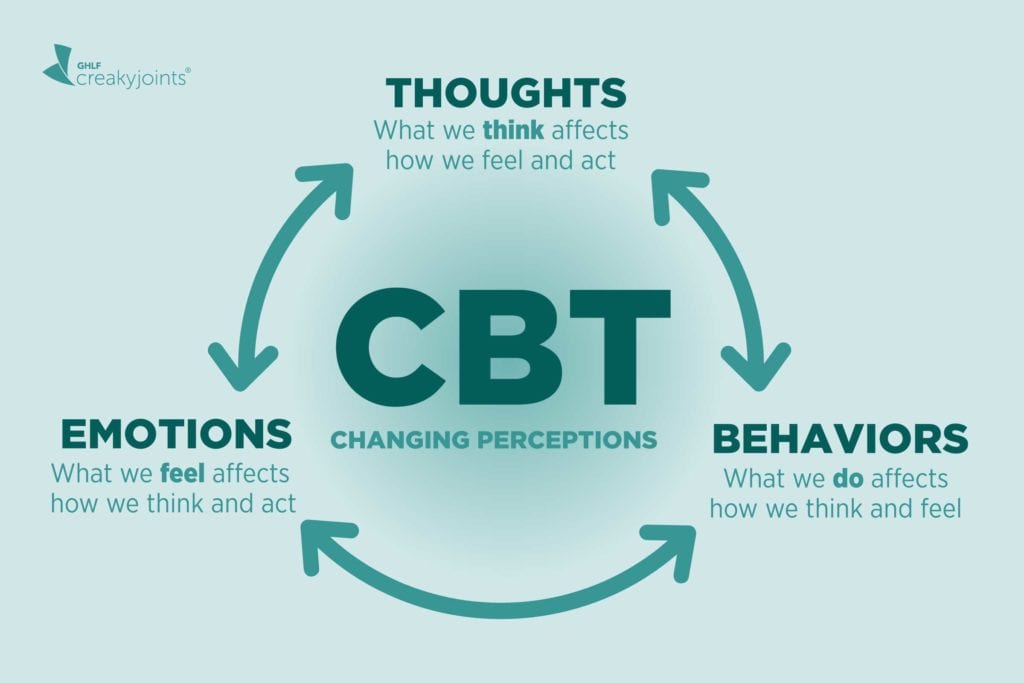Unpacking the OCD Toolbox: Navigating ERP and CBT Therapies
In the realm of navigating treatment options for Obsessive-Compulsive Disorder (OCD), Exposure Response Prevention (ERP) and Cognitive Behavioral Therapy (CBT) stand out as two prominent therapeutic approaches. While both methodologies are effective in addressing OCD symptoms, each brings its unique set of strategies and techniques to the table. Understanding the key distinctions between ERP and CBT therapies is pivotal in determining the most suitable course of action tailored to individual needs. By delving into the nuances of ERP vs. CBT for OCD management, individuals and practitioners can optimize treatment outcomes and enhance the quality of life for those grappling with OCD.
Understanding ERP Therapy
ERP therapy, or exposure and response prevention, is a type of cognitive-behavioral therapy used to treat OCD. The main premise of ERP therapy is to expose individuals to situations that trigger their obsessions in a controlled manner. During these exposures, individuals are encouraged to resist engaging in their usual compulsive behaviors. This helps them learn to tolerate anxiety and uncertainty without relying on rituals.
In ERP therapy, the therapist collaborates with the individual to create a hierarchy of feared situations or objects. The hierarchy typically ranges from the least anxiety-provoking to the most distressing. short term goals for ocd faces these situations or objects, starting from the least anxiety-inducing ones. With repeated exposures and practice, the individual learns to confront their fears and obsessions without resorting to compulsions.
One of the key aspects of ERP therapy is the concept of habituation. By repeatedly exposing oneself to feared stimuli without engaging in compulsions, the anxiety response tends to decrease over time. This process helps individuals retrain their brains, learning that they can tolerate distressing thoughts and feelings without needing to perform rituals. ERP therapy is often considered highly effective in helping individuals with OCD regain control over their lives.
Exploring CBT Techniques
CBT therapy for OCD focuses on identifying and challenging distorted thoughts and beliefs that contribute to obsessive and compulsive behaviors. By working closely with a therapist, individuals can learn to recognize these negative thought patterns and develop healthier, more realistic ways of thinking.
One common technique used in CBT for OCD is cognitive restructuring, where individuals learn to replace irrational thoughts with more balanced and rational ones. This process helps to reduce anxiety and the urge to engage in compulsive behaviors by addressing the core beliefs that underlie OCD symptoms.
Another important aspect of CBT therapy for OCD is exposure and response prevention (ERP). During ERP, individuals gradually face their fears and obsessions in a controlled environment while refraining from engaging in compulsive rituals. This systematic exposure helps individuals to confront their fears, learn that they can tolerate anxiety without performing rituals, and ultimately gain mastery over their OCD symptoms.
Comparing Effectiveness
ERP and CBT are both effective in treating OCD, but they differ in their approaches. ERP focuses on exposing individuals to their fears in a controlled manner, helping them learn to resist engaging in compulsions. On the other hand, CBT for OCD involves identifying and challenging negative thought patterns and beliefs that contribute to obsessions and compulsions.
Research has shown that ERP therapy is particularly effective in reducing the frequency and intensity of compulsive behaviors among individuals with OCD. By directly confronting fears and resisting compulsions, patients gradually build tolerance to anxiety triggers and experience a decrease in obsessive thoughts.
CBT therapy, on the other hand, is beneficial in addressing the underlying cognitive distortions that fuel OCD symptoms. By teaching individuals to reframe their thoughts and develop more adaptive coping strategies, CBT helps patients break the cycle of obsessions and compulsions.
